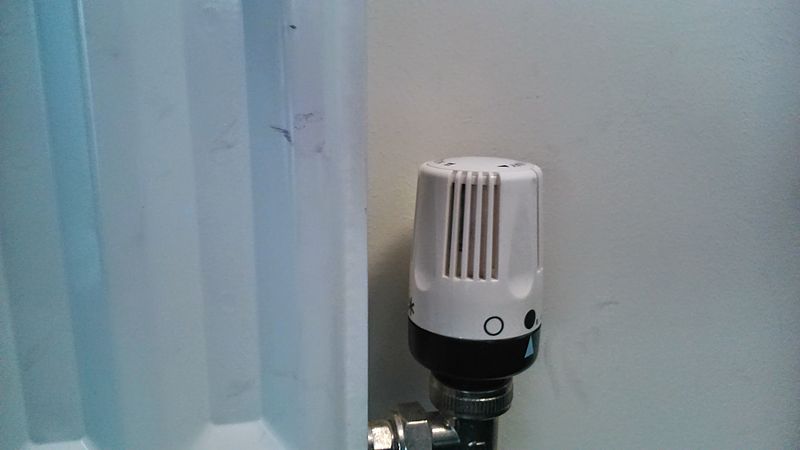Heat Networks (Scotland) Bill
Contents |
[edit] Introduction
On 23 February 2021, the Heat Networks (Scotland) Bill was passed unanimously by the Scottish Parliament. This legislation was designed to help cut emissions, reduce fuel poverty and create green jobs by accelerating the deployment of heat networks.
Scotland is the first country in the UK to legislate to support the growth of heat networks, through which clusters of homes and businesses get heating from a central source rather than individual boilers - ideally making it safer and more efficient for customers.
[edit] Overview
The Heat Networks (Scotland) Bill creates a licencing system to drive up standards across the sector and encourage consumer confidence. It also establishes rights for heat network developers and operators to compete with other utilities in order to make investment in the sector more attractive and encourage further growth.
A consent system will be introduced to make sure that new networks are developed in areas where they will have most benefit and are tailored to its needs.
It is estimated that heat networks will reduce greenhouse gas emissions by the equivalent of 90,000 cars by 2050 and generate annual fuel savings of around £130 for every household that connects to a heat network.
[edit] What are heat networks?
Heat networks are made up of insulated pipes and central heat generation systems which make heat in the form of hot water or steam that is distributed to a number of local end users.
Heat networks are often:
- More efficient than more conventional heating systems.
- Run from renewables, recovered waste or surplus heat sources.
- Allow the heat source to be changed without disrupting the user’s supply.
Up until the passage of the Bill, the heat network sector was not regulated. The Bill puts in place regulations relating to:
- Making applications.
- Identifying exemptions.
- Granting licences.
- Setting up heat network zones.
All public sector building owners will need to assess their buildings to check if they are suitable to connect to a heat network.
[edit] Government statements
Scotland’s Energy Minister Paul Wheelhouse said, “Heat networks have huge potential to reduce emissions in our homes and buildings by providing more efficient, environmentally friendly solutions. The Heat Networks (Scotland) Bill unlocks this potential and marks the beginning of what will be a period of transformational change in how we heat our homes and business premises.
“Heat networks fit the profile of the sort of project that can make a significant, near-term contribution to our green [post-pandemic] recovery while providing long-term employment in local communities. The development of this sector will, crucially, provide ongoing support to achieve our target to reach net zero greenhouse gas emissions by 2045.
“Scotland has the most ambitious legislative framework for emissions reduction in the World, which is why we have also, through this Bill, set stretching targets for the expansion of heat networks to ensure that we build early momentum and give as much clarity to potential suppliers as we can.”
Detailed guidance and regulations required to implement the Bill will continue to be developed.
[edit] Related articles on Designing Buildings Wiki
- Achieving net zero in social housing.
- Carbon Neutral Islands.
- Community energy network.
- Community heating.
- District energy networks.
- Heat Networks Investment Project HNIP.
- Heat sharing network.
- Scotland publishes plans to reach net zero targets with Heat in Buildings Strategy.
[edit] External resources
- Scottish Government, Explanatory Notes.
Featured articles and news
RTPI leader to become new CIOB Chief Executive Officer
Dr Victoria Hills MRTPI, FICE to take over after Caroline Gumble’s departure.
Social and affordable housing, a long term plan for delivery
The “Delivering a Decade of Renewal for Social and Affordable Housing” strategy sets out future path.
A change to adoptive architecture
Effects of global weather warming on architectural detailing, material choice and human interaction.
The proposed publicly owned and backed subsidiary of Homes England, to facilitate new homes.
How big is the problem and what can we do to mitigate the effects?
Overheating guidance and tools for building designers
A number of cool guides to help with the heat.
The UK's Modern Industrial Strategy: A 10 year plan
Previous consultation criticism, current key elements and general support with some persisting reservations.
Building Safety Regulator reforms
New roles, new staff and a new fast track service pave the way for a single construction regulator.
Architectural Technologist CPDs and Communications
CIAT CPD… and how you can do it!
Cooling centres and cool spaces
Managing extreme heat in cities by directing the public to places for heat stress relief and water sources.
Winter gardens: A brief history and warm variations
Extending the season with glass in different forms and terms.
Restoring Great Yarmouth's Winter Gardens
Transforming one of the least sustainable constructions imaginable.
Construction Skills Mission Board launch sector drive
Newly formed government and industry collaboration set strategy for recruiting an additional 100,000 construction workers a year.
New Architects Code comes into effect in September 2025
ARB Architects Code of Conduct and Practice available with ongoing consultation regarding guidance.
Welsh Skills Body (Medr) launches ambitious plan
The new skills body brings together funding and regulation of tertiary education and research for the devolved nation.
Paul Gandy FCIOB announced as next CIOB President
Former Tilbury Douglas CEO takes helm.
UK Infrastructure: A 10 Year Strategy. In brief with reactions
With the National Infrastructure and Service Transformation Authority (NISTA).























